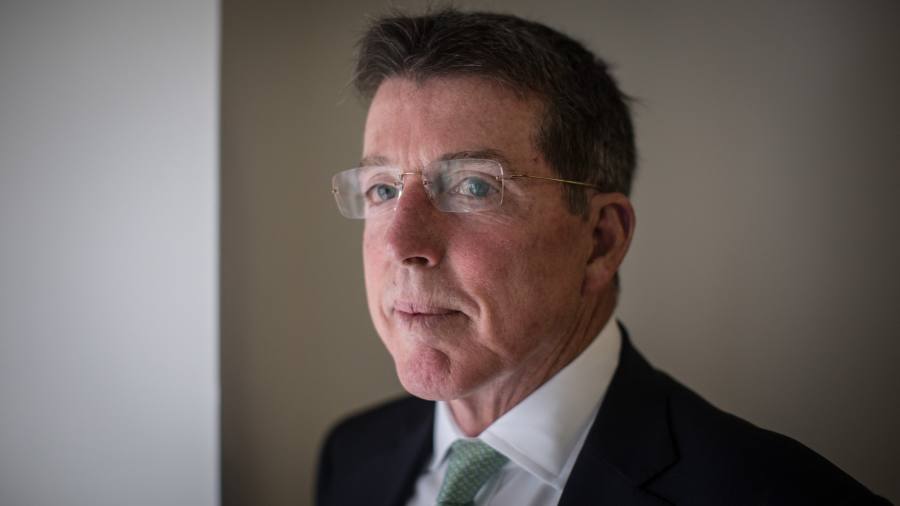Digital currencies will have a “very important place” in finance, according to veteran banker Bob Diamond, even as last year’s market carnage thwarted his plan to take stablecoin group Circle public.
The former Barclays chief executive told the Financial Times that “there’s going to be a lot of good things” that survive last year’s crypto crash.
His comments come only weeks after he abandoned attempts to list Circle, which runs the world’s second-largest stablecoin, at a $9bn valuation in New York owing to poor investor demand.
Diamond has been one of the most prominent traditional financiers in crypto. His private equity group Atlas Merchant invested in Circle in 2021 and later set up a special purpose acquisition company for the corporate float.
The unfulfilled plan capped a dreadful year for the crypto market as prices tumbled and the implosion of big names such as FTX illuminated the volatile and poorly governed nature of vast corners of the market.
“I don’t think as an industry we’re going to throw the baby out with the bathwater,” said Diamond, co-founder and chief executive of Atlas Merchant Capital. “In my mind there is a place for a digital currency, a very important place.”
“Crypto is such a broad word,” he added. “I get frustrated by people saying crypto winter. It’s all good, it’s all bad. We need to do a better job [of explaining]. There are unquestionably sectors, like the technology being developed for stablecoins, that have a very strong future.”
Stablecoins such as Circle’s digital dollar are tokens intended to track real-world currencies and maintain a steady value. They are typically used a payment method or to move money between other cryptocurrencies and sovereign-backed money. Circle has more than $44bn of tokens in circulation, down from a peak of $56bn in June.
“I can’t think of anyone who doesn’t believe that in the future a digital version of the dollar for institutional and corporate use isn’t going to happen and be far more efficient,” Diamond said of stablecoins’ staying power.
Some policymakers have argued that digital currency issued by central banks would be a better solution, since private company stablecoins pose risks to the financial system and could interfere with monetary policy by creating money outside the official sector.
Diamond said that while a government stablecoin might be the solution for China, in western markets the “optimal solution” would come from the private sector, operating under strong regulatory oversight, as it did for existing payments systems such as Fedwire.
He argues that there could even be upside from 2022’s many debacles.
“The optimist in me hopes that this is a catalyst for more effective and more focused regulation and development of areas . . . such as stablecoins and blockchain technology for onshore and approved uses,” he said, adding that Circle had long called for such regulation.
He also believes that, after the collapse of FTX, “people are beginning to understand the difference between onshore US and offshore,” which should benefit firms like Circle who operate within the US regulatory perimeter.
Diamond said that while “sophisticated investors” have “recognised the difference” between it and more speculative crypto firms, market conditions were not right for an imminent market listing. “I think there’ll be a cool-down for a while, whether it’s an IPO or a Spac, the process would be very difficult . . . right now.”
Still, the opacity of some stablecoins’ reserves has spooked some investors. The biggest market operator Tether lost $7bn of funds in a single week back in May.
“A lot of the debate around stablecoins is: ‘are they actually stable?’” said Diamond.
“I think Circle has proven through their management of their reserves . . . their openness in disclosing [what they hold], their strategic partnership with BlackRock to manage reserves going forward as well as consistent redemption . . . that a dollar is a dollar in terms of their portfolio.”
Read the full article here



